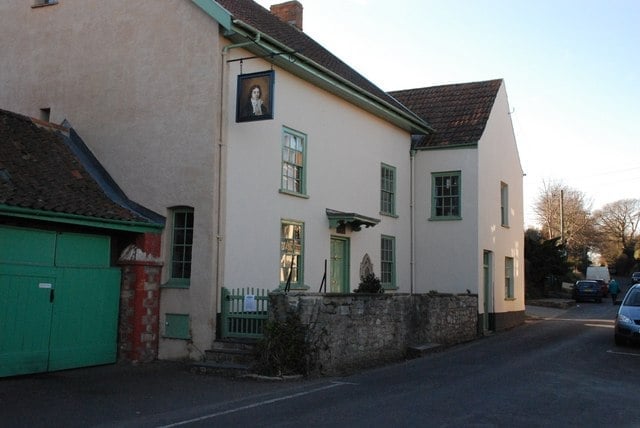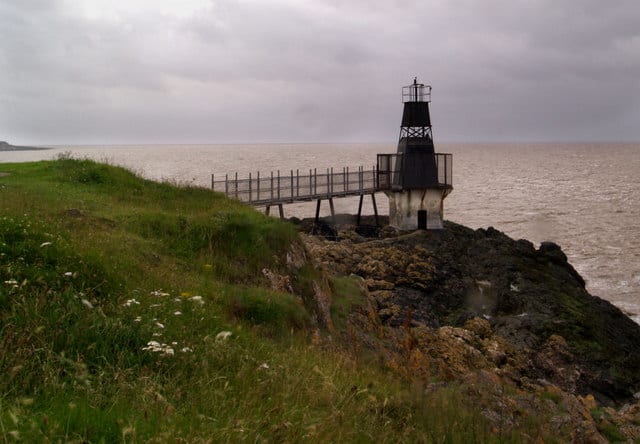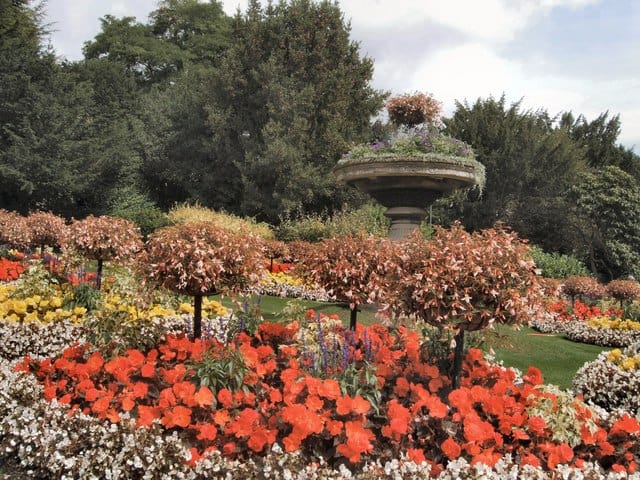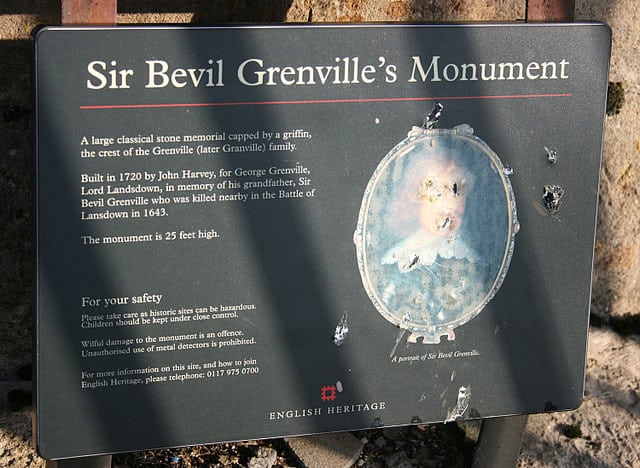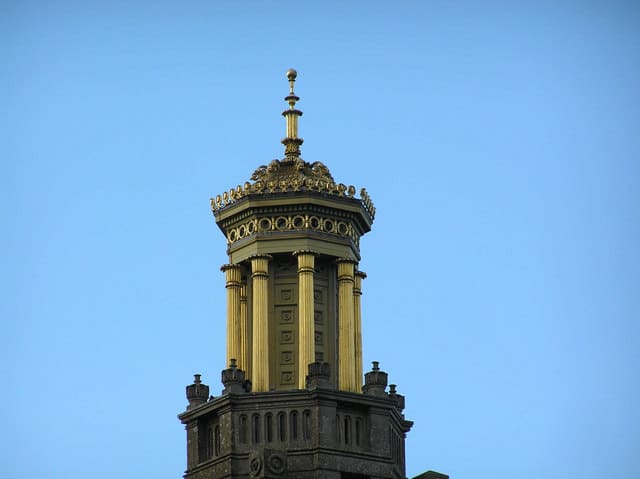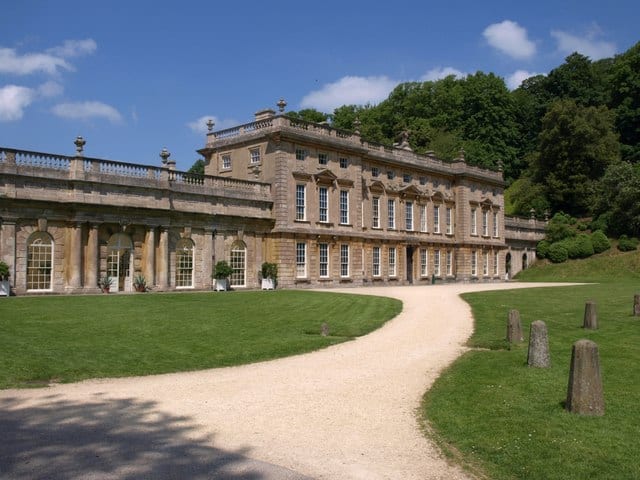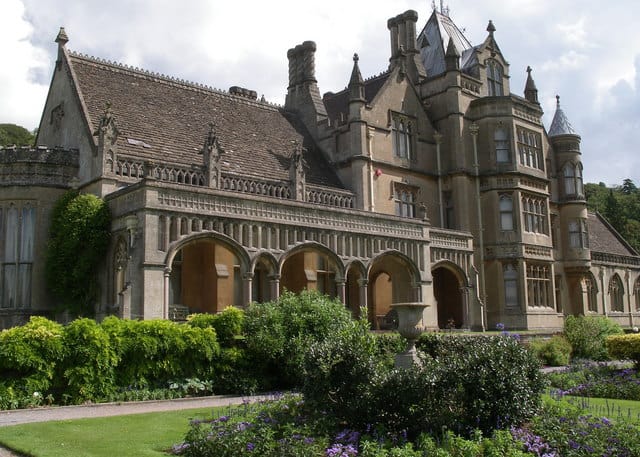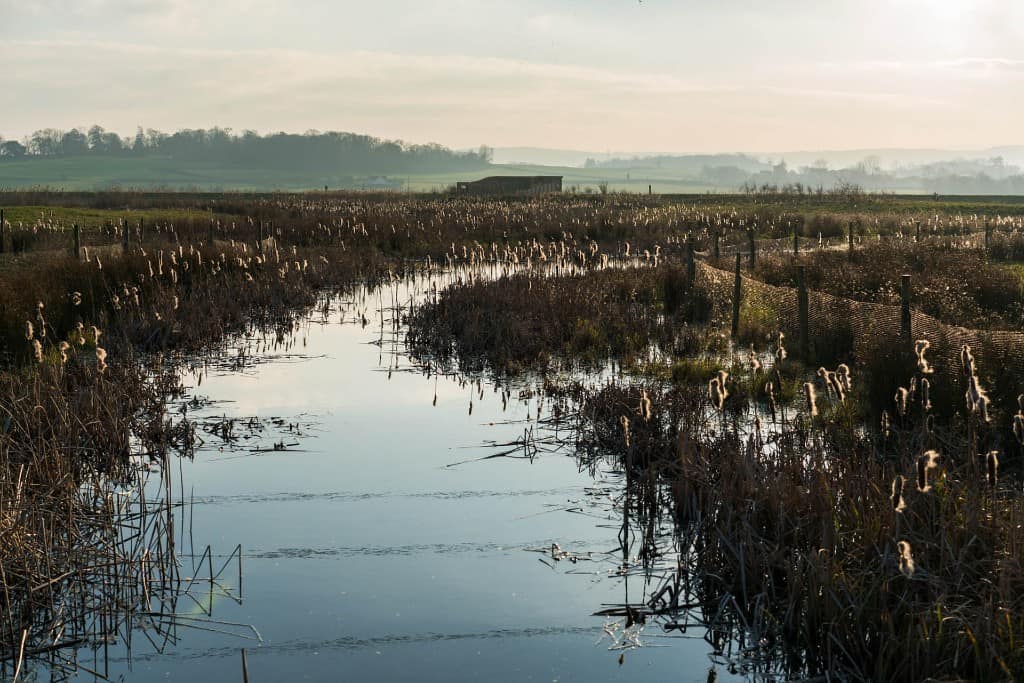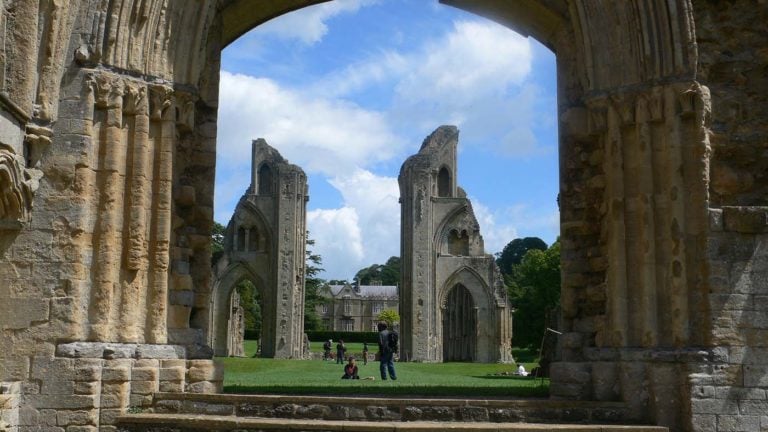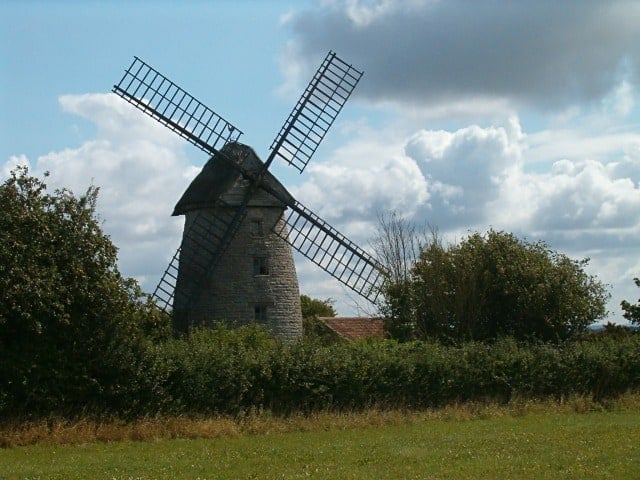See & Do Map
Loading...
No Records Found
Sorry, no records were found. Please adjust your search criteria and try again.
Maps failed to load
Sorry, unable to load the Maps API.
Popular See & Do
Showing See & Do 1-12 of 77
Coleridge Cottage, home of the poet Samuel Taylor Coleridge displaying of the poet’s personal mementoes. 17th-century Coleridge Cottage is managed Read more…
Place Tags: History - Heritage
The Royal Victoria Park is a municipal park in central Bath which stretches over 57 acres. Overlooked by the Royal Read more…
Place Tags: Outdoors - Nature
Portishead Point Lighthouse is also known as Battery Point Lighthouse after Battery Point where it stands. The lighthouse was built in Read more…
Place Tags: Lighthouses
The Georgian Garden is situated just behind The Circus in central Bath. It is a recreated garden from the period Read more…
Place Tags: Outdoors - Nature
Sir Bevil Grenville’s Monument was constructed from ashlar, with a slate plate in 1720 to commemorate the heroism of Sir Read more…
Place Tags: History - Heritage
Beckford’s Tower is a folly situated on Lansdown Hill, just outside Bath in Somerset. Built in 1827 for Bath resident, Read more…
Place Tags: History - Heritage
Dyrham Park, late 17th-century mansion, garden and deer park. Managed by the National Trust. Read more…
Place Tags: History - Heritage
Tyntesfield House, 19th-century Victorian Gothic Revival country house with gardens, arboretum and rolling parkland. Read more…
Place Tags: History - Heritage
The Building of Bath Collection is a museum dedicated to explaining the building of the Georgian city of Bath during Read more…
Place Tags: Museums
Steart Marshes is the first of WWT’s Working Wetlands and is open all year round. The reserve shows how wetlands Read more…
Place Tags: Outdoors - Nature
Glastonbury Abbey, located in Glastonbury, Somerset, is one of the country’s most historically significant and spiritually significant sites. This ancient Read more…
Place Tags: History - Heritage
Stembridge Tower Mill, the last remaining thatched windmill in England, dates from 1822 and in use until 1910. The windmill Read more…
Place Tags: History - Heritage
Showing See & Do 1-12 of 77

